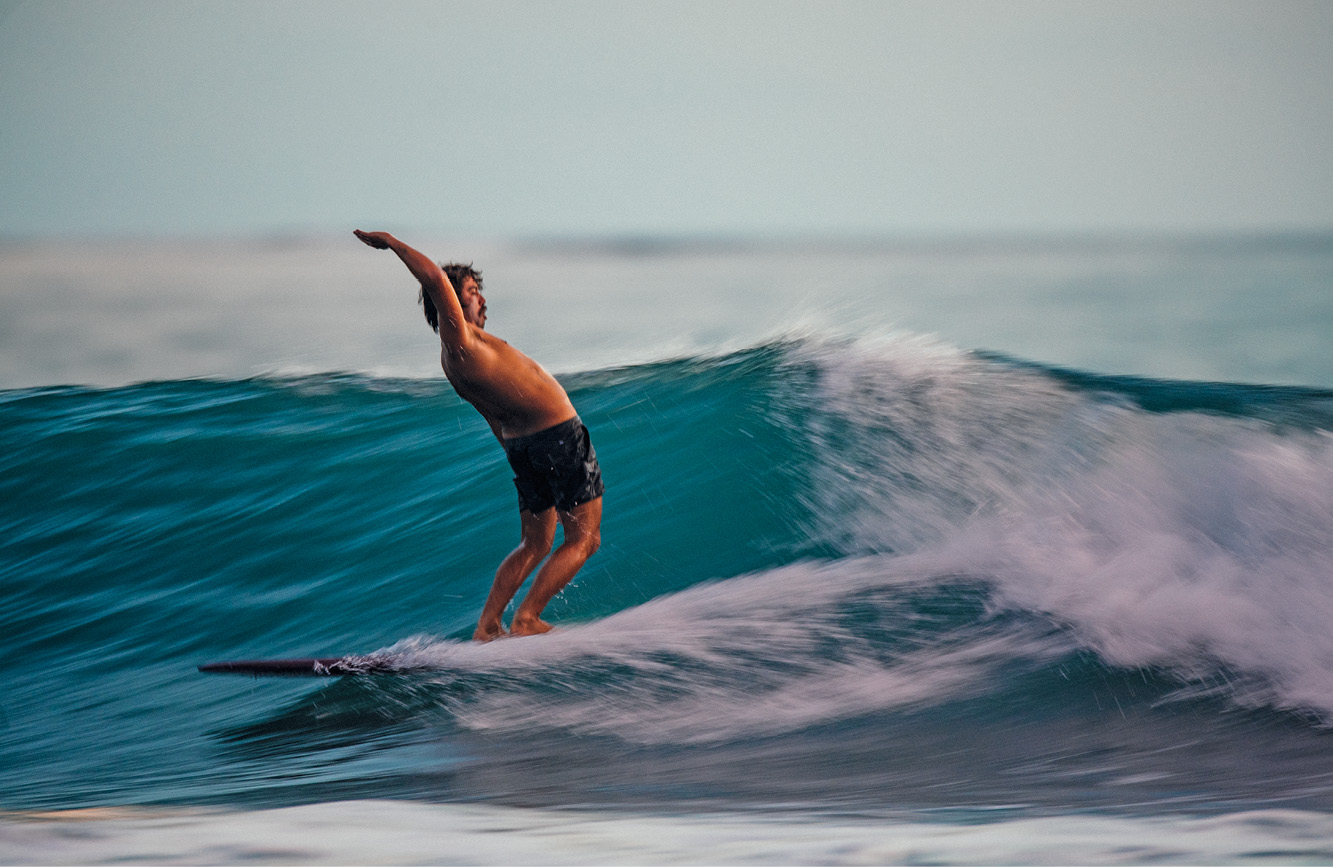SW’s Indo Edition: Ten Days At Sea With Jared Mell & Other Compelling Experimentalists
Share
All photography by Grant Ellis
Interviews by Ashtyn Douglas, Todd Prodanovich and Vaughan Blakey
Last summer, filmmaker Thomas Campbell invited a group of surfers to join him on an Indonesian boat trip to gather footage for his upcoming film. Campbell has always been attracted to documenting surfers who draw idiosyncratic lines, and who have an openness to experiment with a wide range of surfcraft. For this trip, Campbell called up a freewheeling cadre of characters: Alex Knost, Craig Anderson, Ryan Burch, Jared Mell, Ozzie Wright and Bryce Young. Each of these surfers has carved a unique path through surfing, and some have left indelible imprints on the surf world at large.
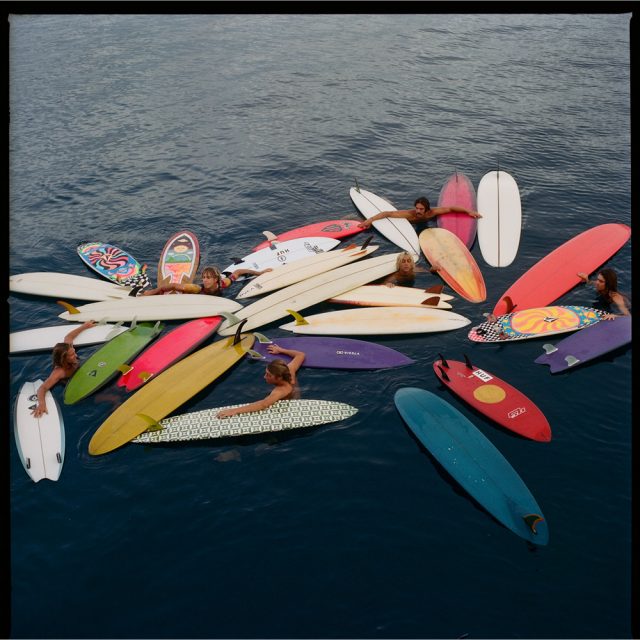
Over the span of ten days, the crew bounced between perfect reef breaks, swapping boards (many of them handshaped by the surfers themselves) and drawing inspiration from each other’s distinctive approaches to riding waves. What follows are conversations with each surfer, offering a glimpse into the minds of an eccentric cast who have gravitated toward obscure lines and modes of thinking, defining surfing’s modern counter-culture in the process. Let’s begin with Jared Mell, Newport’s ride-anything stylemaster, on being a student of longboarding, shortboarding and everything in between…
JARED MELL
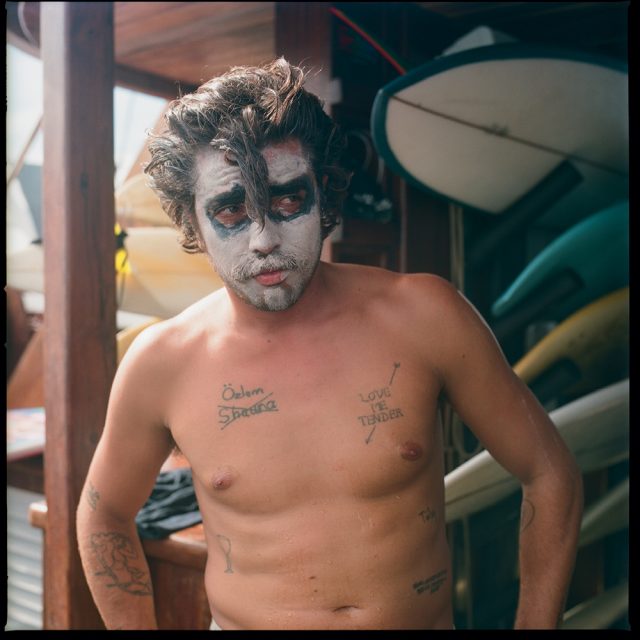
SW: You started surfing pretty late, right?
JM: I was around 14 when I got into it. I was really devoted to playing football when I was young and I was going to play in high school until I found out there was surf P.E. Then I decided that would be better than getting yelled at by a football coach every day. My friends and I started practising every day at Blackies in Newport Beach, which is how I became friends with Alex Knost. Most kids at that time rode paper-thin, tri-fin shortboards.
Why’d you gravitate toward logs?
It was the best board to ride in the waves we surfed. Blackies is a longboarding wave; you don’t want to ride a thruster out there. I was also really drawn to the Southern California lifestyle of the ’50s and guys like Greg Noll who gave the finger to school and went to the beach to surf all day. Those guys longboarded and made their own boards. That scene was like a family I always wanted to be a part of.
You have a very unpredictable approach to surfing, one that looks like a kind of wild dance. How’d you find your style in the water?
I think style just develops from where you grew up, who’s around you, who pushes you and who inspires you. Learning how to surf, I would watch a lot of surfers, study their style and try to put that together with what I do. Even today when I travel around the world and meet new surfers from different places, I study their styles.
You live in Bali now, right? How has the longboarding scene changed there since you first arrived?
Right now I’m in Canggu and I’ve been here for about 7 years. When I first came here it was all dirt roads and rice fields. I think now that Deus [a Bali-based surf brand] is here and doing their 9 Foot and Single festival, more local kids have started longboarding around here. I’ll shape boards sometimes and just leave them down at the beach for kids to try out. Not too many of them grew up longboarding because shortboarding is such a huge scene here. But longboarding is slowly becoming more popular.
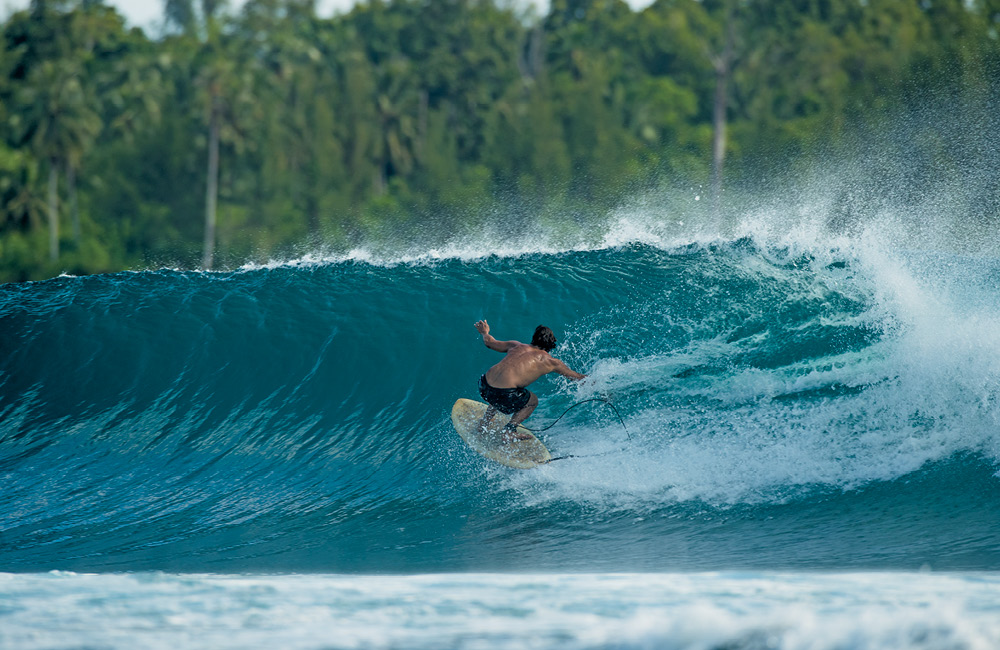
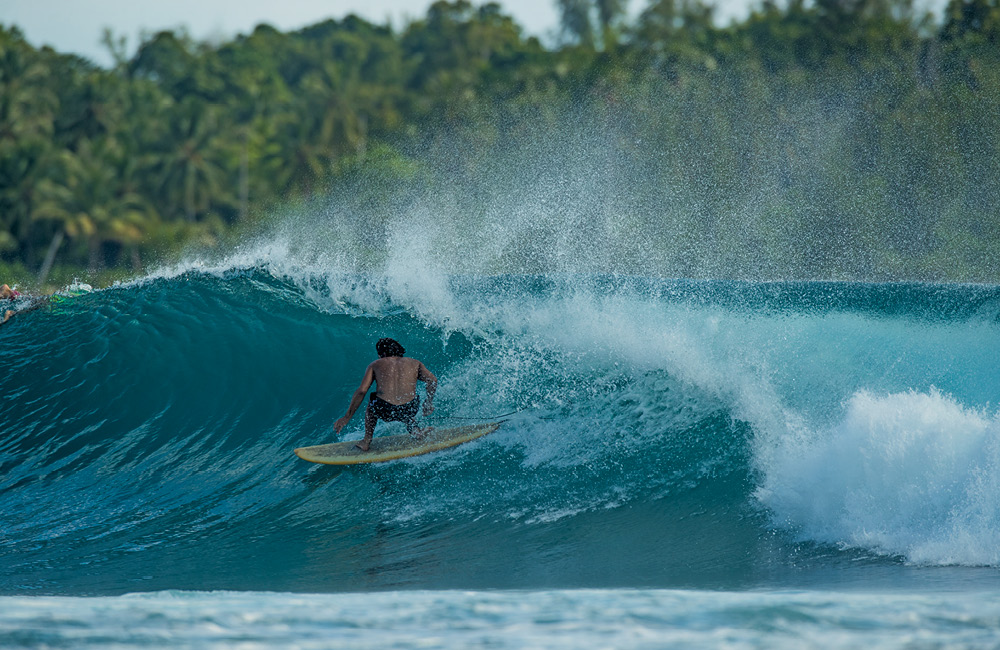
What do you ride around Bali when the waves are good?
I’ve been riding different boards—single fins, twin fins, old thrusters. Some of my best friends are actually shortboarders. I just went to Lombok with Ozzie Wright, Koby Abberton and Jimmy “Jazz” James. That’s a group of people you wouldn’t think would surf together because they’re all so different, but at the end of the day it’s about having fun and having people you respect show you which boards to ride, which swells to go chase, where to go and how to act.
Do you think your background in longboarding has shaped the way you ride shorter craft?
When you first make the transition from longboarding to shortboarding, it definitely affects you because longboarders tend to have that laidback, cruisy mentality. But I’ve learned a lot by watching shortboarders draw different lines, and then trying similar things on my boards and it actually helps. What they do is amazing and inspirational, but I’ll always keep surfing the way I want to surf because I love that style.
Most of the boards you took on the boat trip were handshapes. How has your shaping evolved over the years?
Growing up, shaping was all around me. Knost helped me get started and he still helps me out a lot today. Dane Peterson was and is a really big inspiration. Now that I travel more, I’ve learned different tricks from guys like Bob McTavish and Neal Purchase Jr. in Australia, and Rich Pavel who is a great shaper here in Bali. Everyone has a different process. You pick up things in a natural way and it just becomes a lot easier over time.
Do you think it’s important to understand the craft of shaping if you want to grow as a surfer?
I think it’s very important. If you understand how different styles of boards work in different waves, that’s all helpful in you becoming more knowledgeable and a better surfer. In the late ’60s, a lot of surfers were also shapers, and many of those guys are still ripping today. Look at McTavish or Nat Young or Skip Frye. I’ve seen McTavish at Tallows [in Byron Bay, Australia] getting barrelled on overhead days and he’s in his 70s. Because they understand their craft and know what to ride in different conditions, they’re still surfing well and having so much fun.
